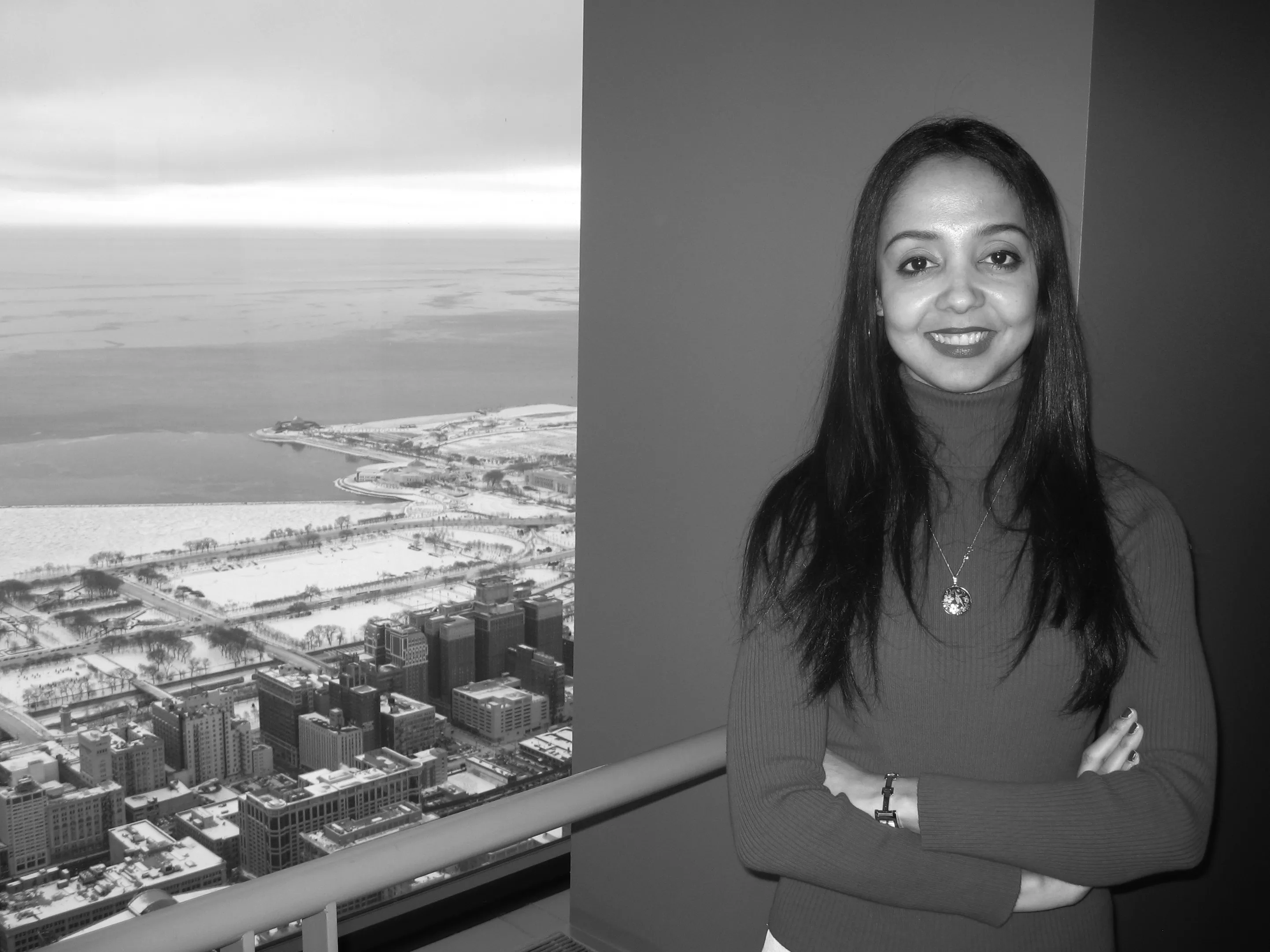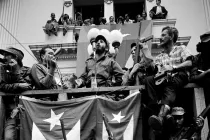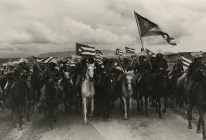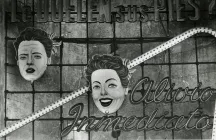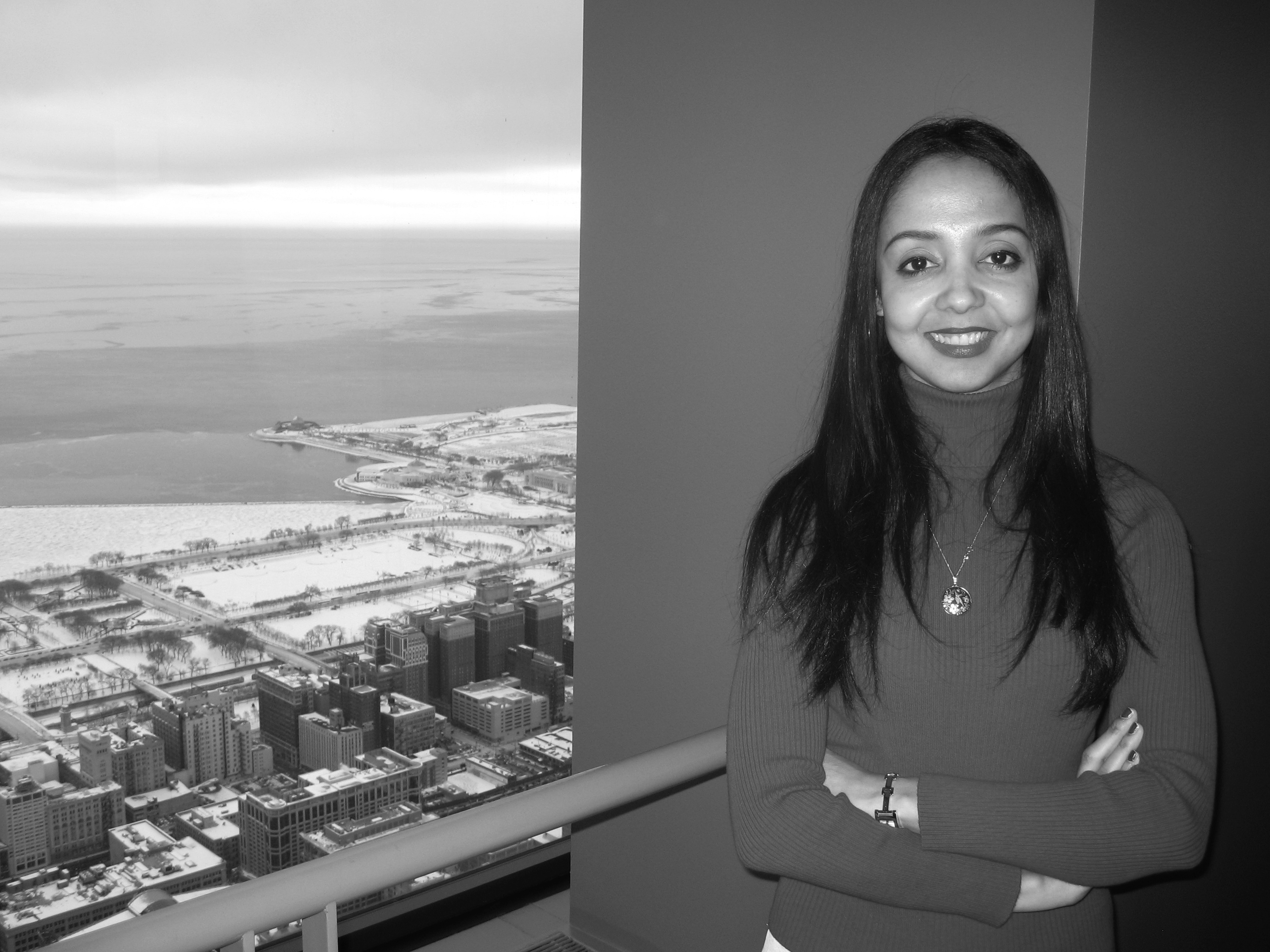
Pauline Vermare: Iliana, it is my great pleasure to be collaborating with you on the exhibition ¡CUBA, CUBA! 65 YEARS OF PHOTOGRAPHY that will open at the Southampton Arts Center on August 13. Would you tell us about yourself? How did you come to work on photography?
Iliana Cepero: The pleasure and honor is mine, Pauline. ICP is a very well known institution in Cuban photography circles, so this is great a joy for all of us. I studied Art History at the Havana University but at the time there were no classes offered on the History of Photography or on Cuban photography. So, when I finished school (and as part of our so-called social service) I was designated to work at the Registrar Department in the National Museum of Fine Arts. After a while, a friend of mine told me that there was a position in the commercial gallery Fototeca de Cuba, the country's only institution focused on photography.
Photography was a totally new universe for me but a universe that I began to like very much. While working in the gallery, I heard that a curator job would soon be opened. I began to study on my own the only copy available of Naomi Rosemblum's book A World History of Photography and I read some biographies of famous photographers that I could find in Havana libraries. I also carried on some research on Fototeca's great archive during my free time while mingling with Cuban photographers who used to hang out at Fototeca every afternoon to discuss technical questions, projects, aesthetics, etc. That's how I prepared myself for the position until I got it and that is how I immersed myself into this world.
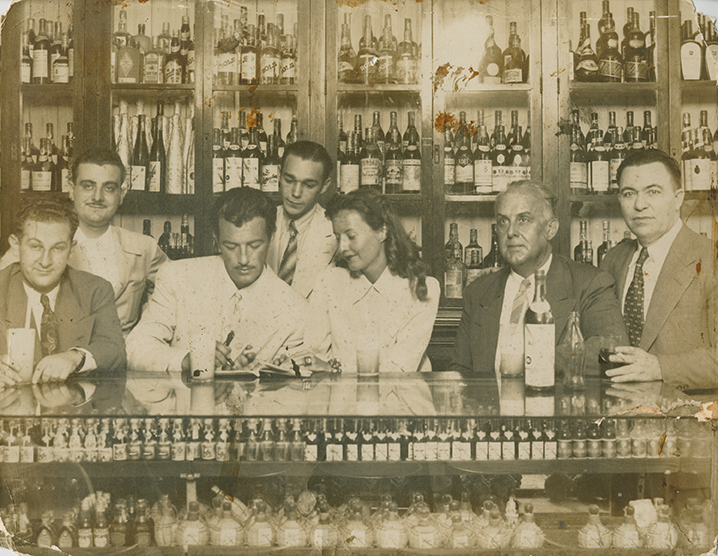
The show is a photographic portrait of Cuba from the 1950's to today. Can you tell us about the intent and content of the show, including the main themes developed?
This is a bit of a survey exhibition that intends to offer glimpses into a larger and more complex landscape of what constitutes Cuban photography of the last six decades. I say glimpses because a more ambitious project of encompassing so many years of photographic practices and analyzing them in depth would require a different show.
We begin with images of the dazzling nightlife in Cuba during that era [1950s] when the island was one of the favorite destinations for American tourists. You can see the glamour, the vibrant entertainment, the Hollywood celebrities sipping cocktails in Havana bars… And then the Revolution erupts in 1959 spurring new aesthetic, new themes, and creating new demands for artists, photographers, and designers. After that crucial moment, each decade brought new problems and questions.
Cuban photography reflected those challenges in a very lucid and sophisticated way, at times wrestling with moments of strong censorship and at other times enjoying the benefits of some political aperture.
This exhibition offers to the American public a sort of chart that will help them understand the complexity of post-revolutionary Cuban culture; always experiencing this incredible tension between political and social imperatives and the artists' struggle for self-expression.
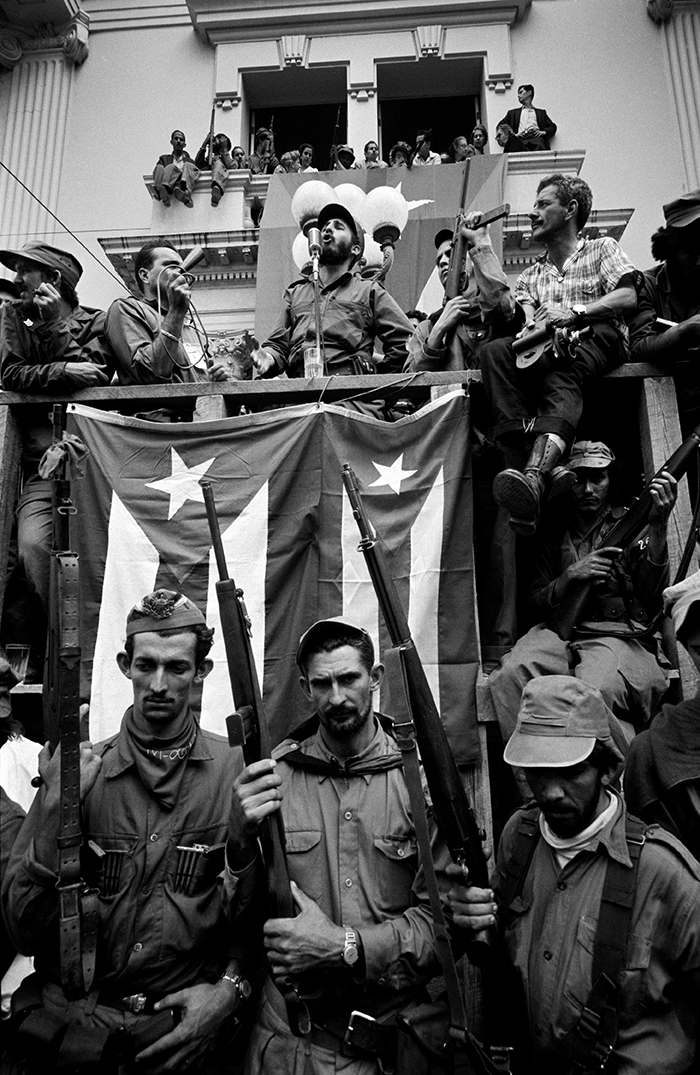
You made a point of highlighting the work of Cuban photographers in this show. How would you define the specificities of Cuban photography and the way it evolved over the years?
The few Cuban photo exhibitions displayed in New York have tended to be fragmentary: they have either featured the 1960s photography with the iconic images of the guerrilla leaders and the intense euphoria, or they have shown more contemporary work. But what about those years in between; that decade of the 1970s when Cuban photographers were mostly forced to document labor, factories, and workers? Or the 1980s when documentary work blossomed through the photographers' discovery of the beauty of the everyday, the vibrancy of the urban landscape, and the importance of the common person immersed in his/her domestic rituals? I felt that we needed to show these missing stories.
In terms of a definition of Cuban photography, it's very tricky to generalize given the breadth of photographers and works but I would say that until recently, it has been primarily made in black and white, due to the lack of color technology. Its aesthetic has experienced changes over time: from a strict photojournalist and documentary style inspired by classical American photojournalism, to Robert Frank’s, Josef Koudelka, and Sebastiao Salgado's style, to more conceptual approaches that drew from Robert Mapplethorpe, Cindy Sherman, Graciela Iturbide, Gerardo Suter, or Mario Cravo Neto. All these aesthetic sources have framed a very particular history and social circumstances.
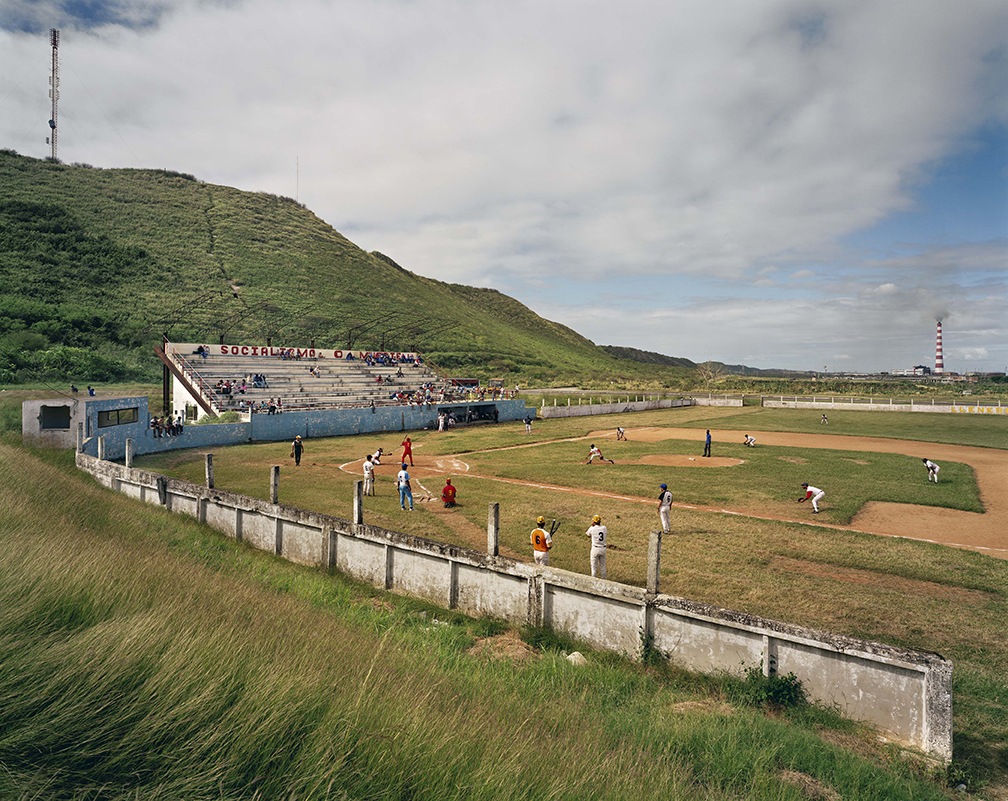
The show also includes a few American photographers like Burt Glinn, Andrew Moore and Michael Christopher Brown. How would you compare their vision of Cuba to that of Cuban photographers?
It is not an easy question to respond hastily but they have contributed with a different perspective. First is their documentary vision in color, something pretty absent from the work of Cuban photographers until few years ago. Then, we have very distinctive differences. For example, Glinn chronicled the street chaos that ensued across Cuba after the first days of the Revolution; a story that younger generations cannot imagine took place. The established images of the 1960s are, conversely, triumphant, optimistic and confident, full of joy and unity.
Moore has documented the richness and beautiful decay of Cuban architecture, a topic that for some reason has never been very popular among Cuban photographers. Maybe because we are so used to seeing Havana in that state of dilapidation, architecture is rather utilized as a backdrop to tell urban stories. There are few exceptions, such as Carlos Garaicoa, whose work has focused on architecture, not only as a beautiful subject in itself, but also as a metaphor for political utopia.
Michael Christopher Brown has approached the daily life of the so-called "freakies," a term that if I recall well was created in the 1980s to designate a marginal group of teens and young people (mostly white) who liked punk rock music, consumed alcohol and drugs and hung out in Cuba’s Vedado neighborhood. This is a very interesting topic, never depicted in Cuban photography, possibly because of its social repercussions. Brown has created a poignant commentary and a beautiful homage to these girls and boys who have always lived on the fringes of society, setting themselves free through heavy metal music and pills.
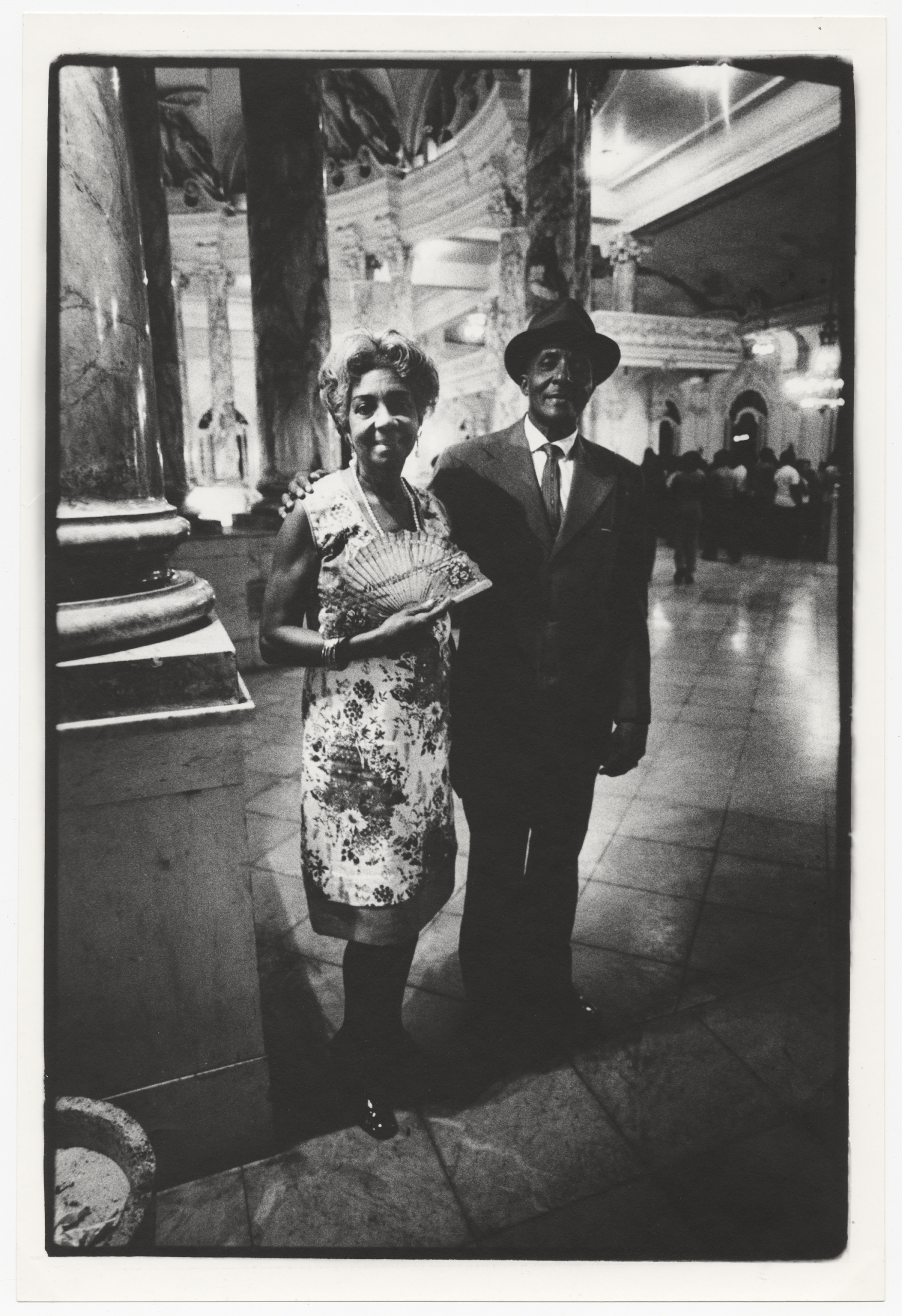
Tell us about the women photographers in the show, the issues they develop and the way they use photography.
The Fototeca de Cuba gallery was founded by a woman named Maria Eugenia Haya (Marucha). She worked tirelessly to study, exhibit and promote Cuban photography on the island and abroad. Marucha was very prolific; she was a photographer, a screenwriter and a photo scholar. She loved to document those groups that were at odds with the revolutionary discourse of those years. I'm thinking of old musicians that gathered in a dilapidated warehouse to play music from the 1930s and 1940s or old couples who went to the Garcia Lorca Theater to dance danzón.
Those spaces of freedom and longing that Marucha photographed constituted a powerful, and I would say, even a subversive statement amidst the heavily political context of the time.
It is interesting that women photographers in Cuba began to emerge after the 1980s, when the streets, deprived of daily rallies or productive tasks, became this big theater to be photographed. You have Gilda Pérez, with her witty juxtapositions in the urban landscape, and Leysis Quesada, with a gaze that captures her domestic surroundings. Both Marta María Pérez and María Magdalena Campos combine performance and photography to explore the rites and cosmogony of Afro-Cuban culture, while Cirenaica Moreira presents a theatrical impersonation of the Cuban nation. These women use photography as a tool for self-reflection and self-identity.
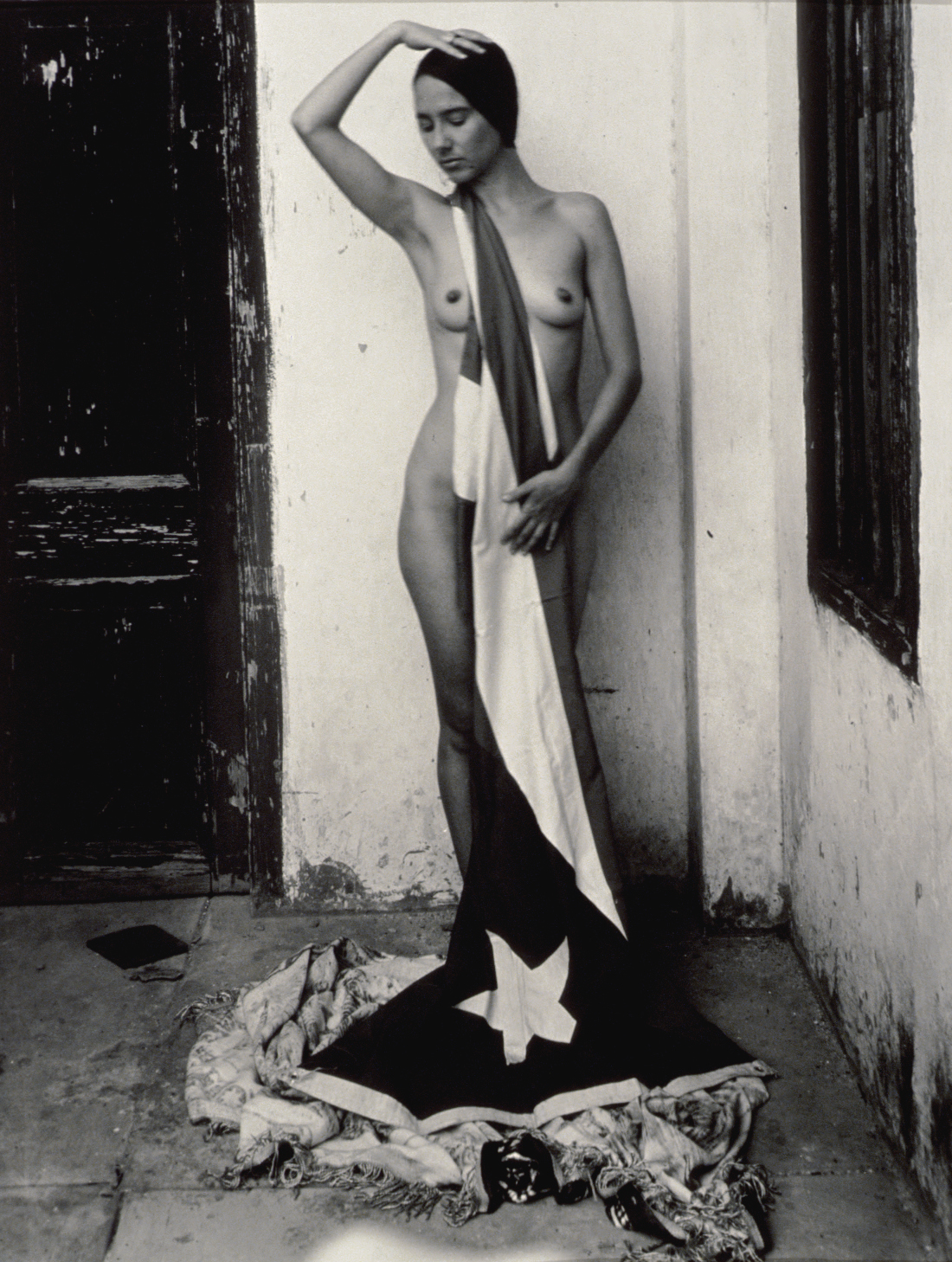
What about Luis Quintanal's powerful works on transgender Cubans, was that a revolutionary subject to tackle?
The first artist to approach queer issues in photography was in fact Eduardo Hernández, who in the early 1990s began to do collages in which fragmented or distorted male nude bodies were combined with signs of physical torture and catholic paraphernalia. It was an interesting, provocative, and above all, a very brave work at a time in which the LGBT community in Cuba was consistently harassed. By the late 1990s things were changing a bit and Eduardo was already enjoying a lot of recognition. But it was a rather difficult material to look at and digest by the general public, due to the generalized homophobia prevalent in Cuba during those years.
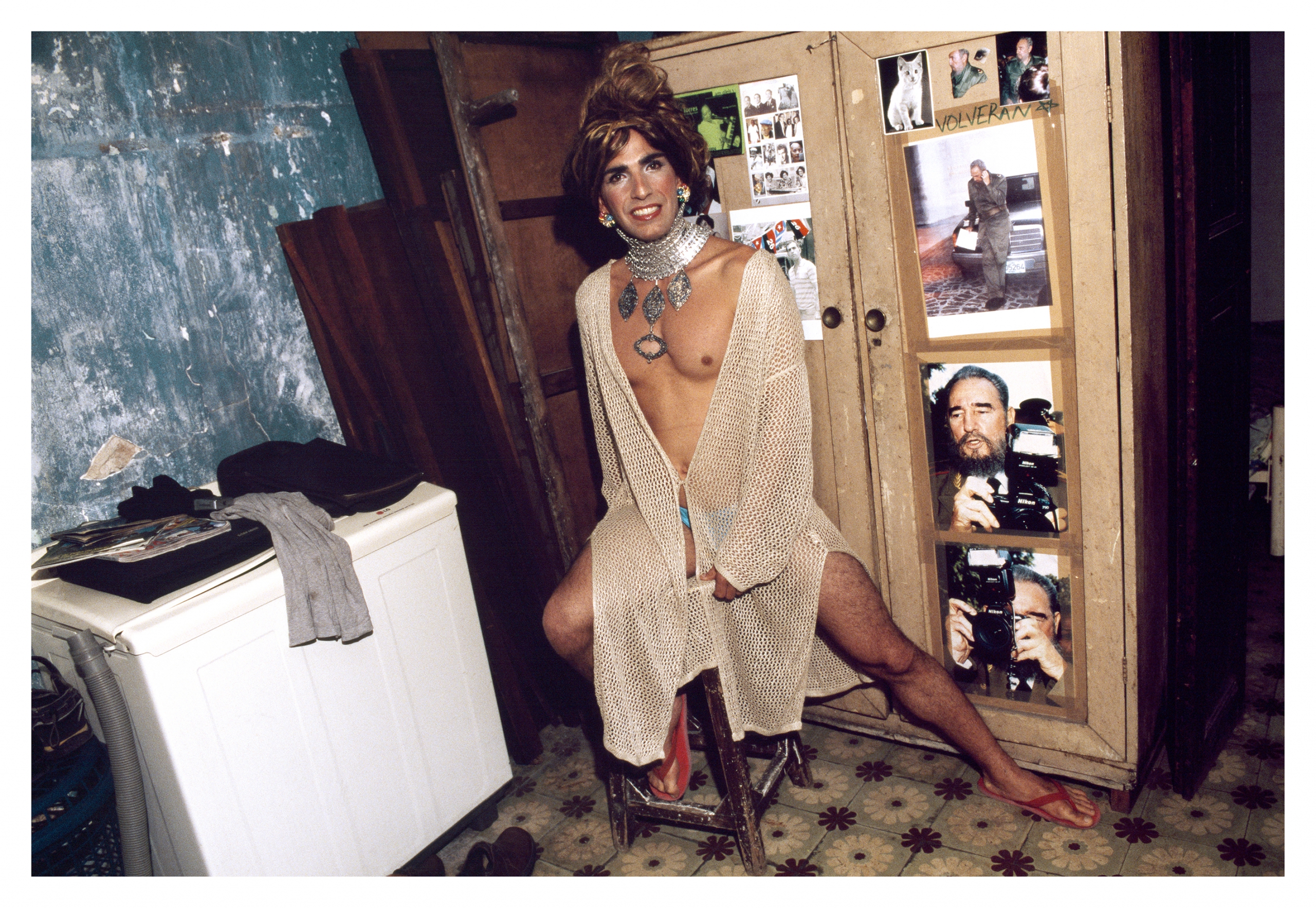
Quintanal also began his series documenting cross-dressers in the early 1990s, when things were very difficult for this community. He had to document these performers before the show because house parties featuring cross-dressers were illegal. The police often raided the house and arrested everybody. Imagine having a photographer in them! Interestingly, one of the subjects in his series is a former member of an elite Army Force, who became a model and later decided to fulfill his dream of becoming an entertainer for these events. Now the government policy is much more favorable for the LGBT community and several photographers (Cubans and foreigners) are working with this subject. At the time, when Hernández and Quintanal were doing it, it was definitely a risky endeavor.
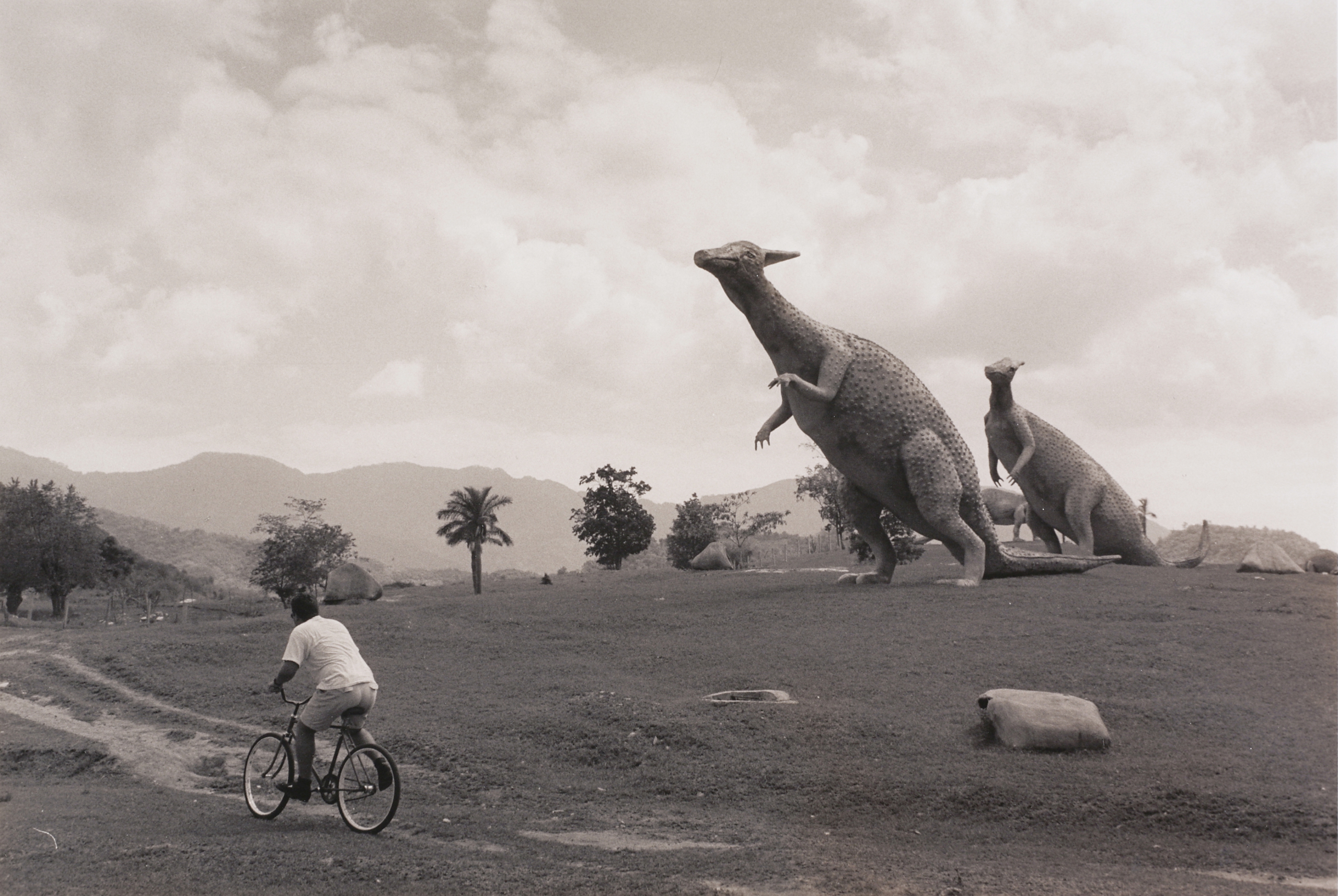
What are you hoping the audience will discover about Cuba, Cuban culture and Cuban photography through this exhibition?
It is difficult to discover all the multiple and convoluted layers of a country and its culture through an art exhibition but I hope that these works will awaken the interest to understand an island that offers more than gorgeous beaches, great music and excellent cigars. I hope this show demonstrates that it is precisely the constant struggle and hardships, the material limitations, and political barriers that have ultimately nurtured the strength and vitality of Cuban photography.
And Pauline, thank you for all your help, enthusiasm, and wisdom.


